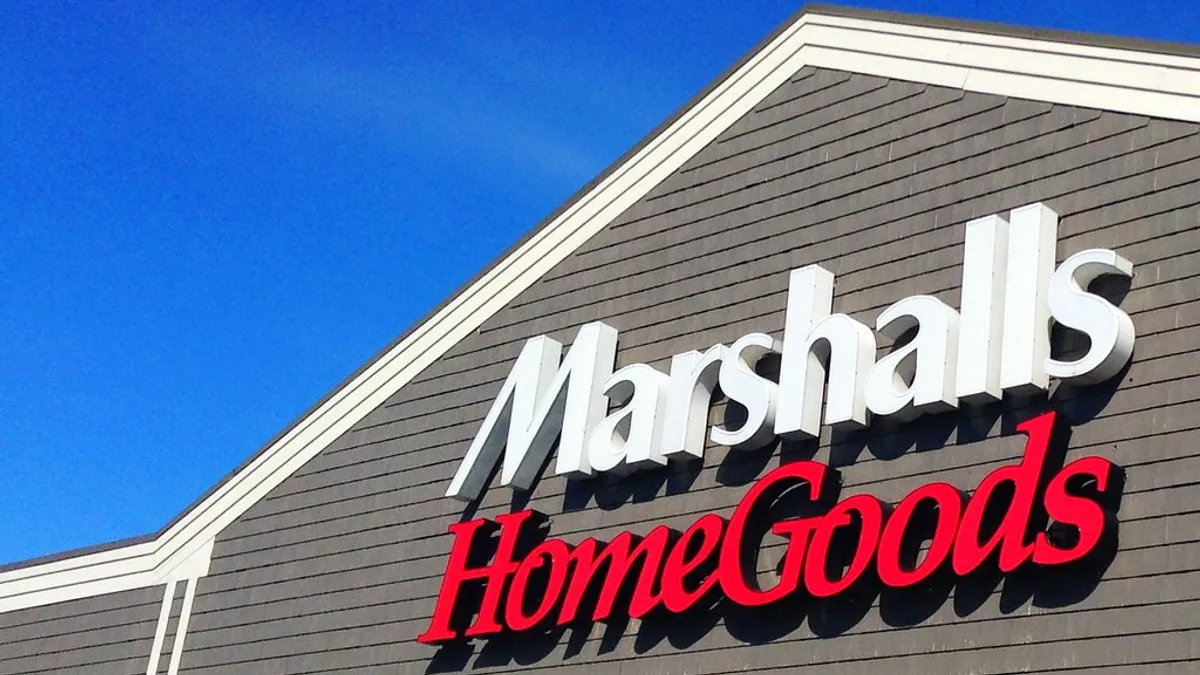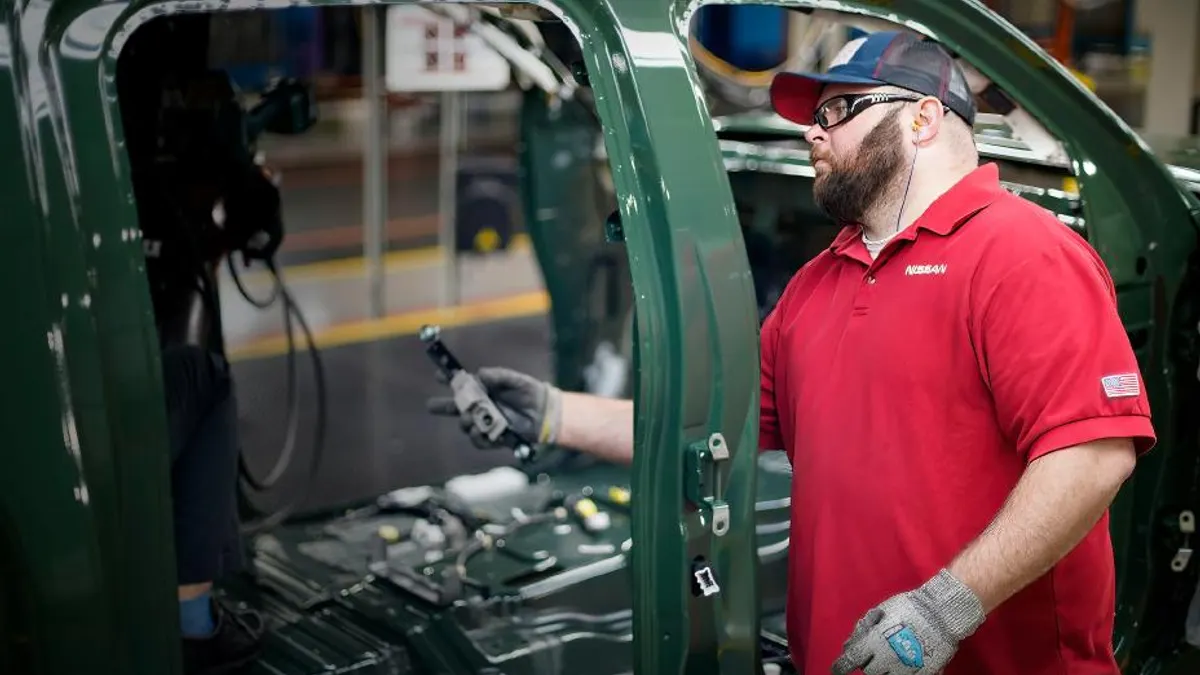Editor's Note: The following is a guest post written by Jake Rheude, Director of Marketing for Red Stag Fulfillment.
Demands for quick delivery have obliterated the wall we used to see between B2C and B2B eCommerce brands. There’s no longer any real need to differentiate once you get to the warehouse when it comes to fulfillment times and processes.
Your business buyers are Amazon Prime members at home, and they want everything in their hands within just a few days. And as more products bridge the B2B and B2C gaps — think of the all-in-one printers and office supplies powering our growing freelancing economy — competition will increase too.
When Amazon can deliver cleaning supplies for home as well as the office, it can be tricky for businesses like yours to avoid losing out.
Your best path toward prosperity is a fast-moving one. Make your warehouses swift like a river to keep ahead of the pack in 2018. Here are six ways you can.
Streamline warehouses and processes
Is your warehouse designed to fill orders quickly?
You may be able to adjust your workflows and move commonly sold goods toward your packing areas or help pickers naturally move from large to small items, so their baskets fit and fill naturally. Look for options to help you minimize the distance teams must walk to fill each order.
It may also be helpful to review your processes, such as how you deliver picking orders or lists to individuals, how inventory is checked, and any options you may have with warehouse software to reduce manual data entry or institute audits to protect inventory levels.
Automate order management
One area that can increase the time a delivery takes is when an order is made on your website. The longer your order process takes, the earlier in the day you must set your windows for quicker delivery.
You can hasten this process by automating your order management tools. Look for systems that link to your website, CRM, warehouse, and other order systems. When data integrates, especially with things like an EDI, it moves faster, and your warehouse team gets the order more quickly.
Automation in a warehouse is often a best practice because it can increase your order accuracy as well as speed up fulfillment.
Consolidate suppliers
Improving lead times is also a back-end way to increase your delivery times and reduce out-of-stocks that may harm customer satisfaction levels.
In many e-commerce businesses, lead times are long because they’re working with a considerable number of suppliers and partners. If possible, consolidate vendors. This not only makes it easier to track and plan for shipments but simplifies your inventory management.
If your business focuses on selling products others make, then you might be able to speed up your delivery times by changing specialty items for standard options that can be more reliably provided to your warehouse.
Clean up your inventory
Cleaning comes in two flavors: physical cleaning and having proper inventory controls and counts. Your orders will be filled more quickly if everything is in its right place. When teams need to hunt for products, that order and each subsequent one they fill that day have a chance to be delayed.
Your best bet in having an understanding of your inventory is to keep everything in the proper bin and have enough room around these items in case you need to store a large order.
Boost your space savings by incorporating scanners, RFID tags, and mobile devices that can be used to maintain accurate inventory counts. Accurate counts will help you maintain stock levels and can even pair with a WMS to automatically re-order goods once you fall below a certain inventory level.
Reach out to carriers
You know your standard partners for delivery, and hopefully, you’re using a DIM weight calculator to use the right standard carrier for your FedEx, UPS, and USPS deliveries. However, if you need more immediate delivery, who can you turn to?
If you have an existing relationship with carriers, you might be able to expedite rush orders or ensure that you can meet your first shipment to Australia, for example. As your shipment volumes grow, have another conversation with these partners. When you reach a certain level, you might be able to secure a better rate for your deliveries. That savings can either improve your bottom line or allow you to spend the same but get faster order fulfillment.
Leave It to the professionals
Sometimes, speeding up deliveries is a little too much for your warehouse. If meeting demands, not exceeding them, is getting in the way of running your business, then it’s time to look for outside help.
There are plenty of services that specialize in e-commerce fulfillment, starting at the shopping cart, and can specifically help you reach customers. Their business is shipping and warehouse management. Letting outside experts can also give your team more time to focus on sales and lead to overall savings in your delivery, with plenty of guarantees for on-time, accurate delivery levels.
In other scenarios, you may want to consider Fulfillment by Amazon, because it can keep lead times low and customers will demand Amazon meet delivery needs, instead of penalizing you when something happens. FBA is a great program if you’re on Amazon and it can even boost your overall e-commerce sales. It’s a good mix but might not be the only smart choice if you have goods that are slow to move.
Take stock of your warehouse and operations, and then look for third-party services to see if they can help. Most will be honest about what they can provide you and if you’re the right customer for them.
Jake Rheude is the Director of Marketing for Red Stag Fulfillment, an e-commerce fulfillment warehouse that was borne out of e-commerce. He has years of experience in e-commerce and business development. In his free time, Jake enjoys reading about business and sharing his own experience with others.






















